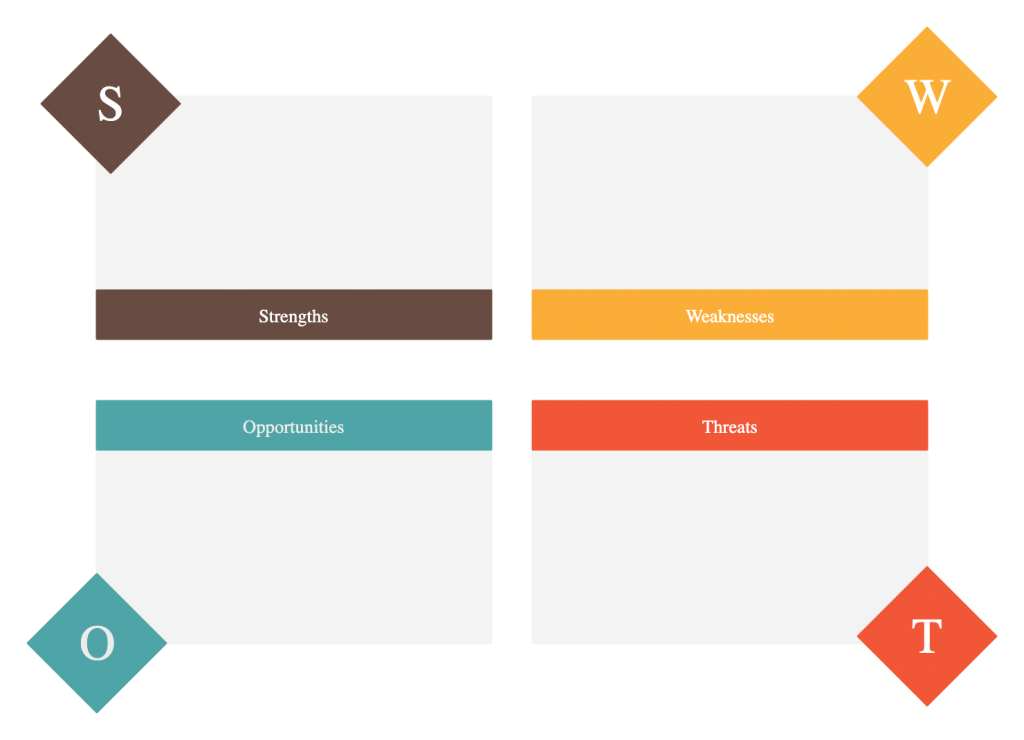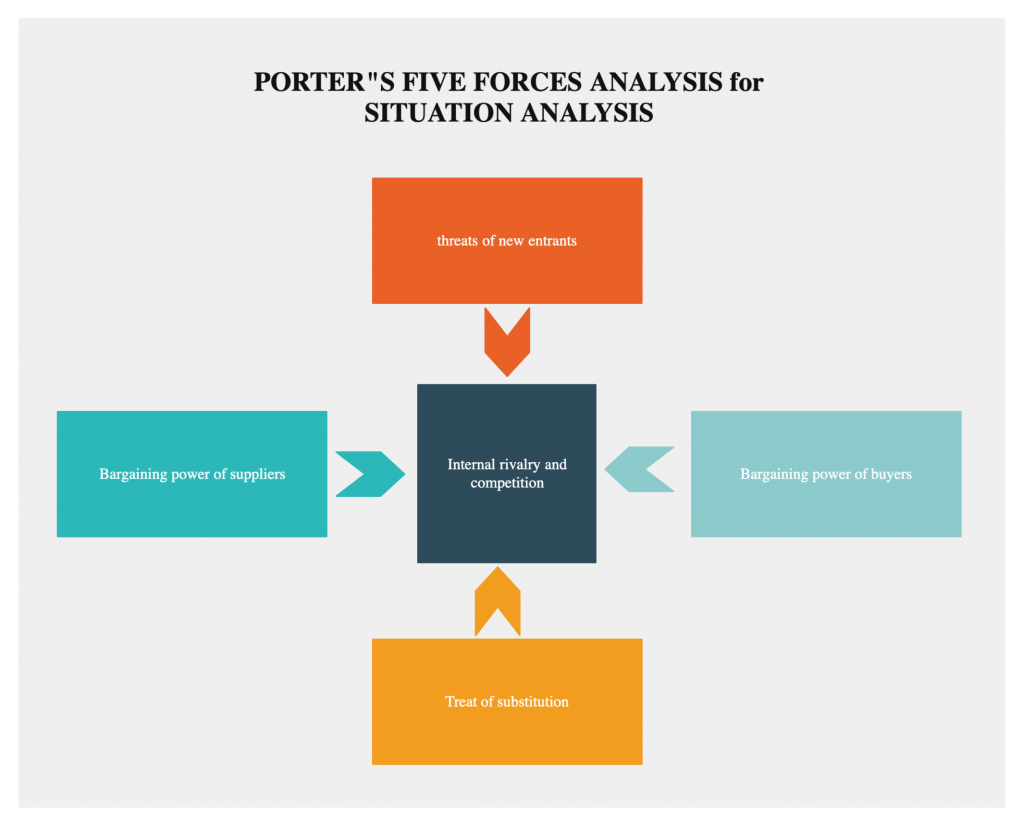What’s the secret behind any successful product or service company? An effective product strategy. A product strategy plays the important role of guiding product investments, product planning, and the future direction of a product.
In this guide we will be discussing what is a product strategy and simple 5 steps you need to follow to develop a solid product strategy. We’ve also provided useful templates that you can edit online to fit your needs.
What is a Product Strategy
A product strategy helps you define the product’s journey. Or in other words, helps you understand how the product will develop throughout time as a consequence of external factors.
It helps you create an idea about the future of your product; what kind of a product it will be, who it will benefit (who its customers are), how it will fit into the market, how it will create value for your customers and how it will help you achieve your goals.
Once you have defined a strategic vision which clarifies where you want your product to take you, the product strategy will act as a roadmap, outlining the necessary steps the company needs to take to reach that destination.
The product strategy will play a major role in business decisions you make, strategic planning and in defining the direction of your business activities.
The key elements of a product strategy are
- Your target customers and their needs
- Distinct product features
- The goals of your company
By focusing on these areas, you will be able to devise a successful product strategy.
How to Develop a Product Strategy
Now that you know what a product strategy is, follow the steps below to create an effective one.
Define Your Vision
Your vision is where you want to go or the target condition you want to achieve. You can have a vision for the product and a vision for the company, in which case they should align.
In order to pave the way to setting a strong product vision, there are a few things you need to take care of first;
Carry Out a SWOT Analysis
SWOT stands for strengths, weaknesses, threats and opportunities. You can use the SWOT analysis tool to any area; to assess the capabilities of your own company and product or that of your competitor.
Here you can identify ways to overcome your weaknesses, use your strengths to prevent threats and find ways to build on opportunities. And most importantly it will help you assess the current situation of your company, which is important when you are defining its vision.

Conduct a Competitor Analysis
In order to understand how your competitors are performing and the current condition of the market you are competing in, you need to conduct a proper competitor analysis using a competitor analysis template.
This will help you understand the various market opportunities and how to capitalize on them.

Identify Your Target Customer
Who will benefit from your product or service the most? Who are most likely to buy and use it? Those who do are your ideal target customers.
While understanding their demands, needs, dreams and challenges can help you come up with a valuable solution for their problems, you can learn more by talking to them directly. Run a survey or do an interview to get an idea about what your users really want.
Once you have completed the steps above, you will have a clear idea about the current situation of the company.

Define Product Goals
Based on the vision you have articulated, identify the ultimate goal you want to accomplish with your product.
You can then break it down to high-level objectives that can be achieved during the product development process. It will make it easier for you to track your progress.
Accordingly, identify the resources you need and the potential challenges that may arise.
Then you can move on to devising plans for developing product features and building other aspects of your product based on the identified goals and objectives.
Create the Product Roadmap
Determine which initiatives (or high-level action items) should be highlighted on your roadmap based on the goals you have set.
List down the key work you need to complete in order to reach these goals within a specific timeframe. And determine who is responsible for carrying out each task. At the same time make sure that these initiatives complements your core strategy.
Start by creating the strategy timeline. And then define the milestones which will help you track progress of the project easily.



Make Sure that Your Plan is On Track
By now in the process, you have set a clear product vision and a set of goals that support it and a product roadmap that highlights the steps you need to take to reach them. This means you are actually ready to start your product development.
However, there will be internal and external factors such as the availability of resources, actions of competitors, etc. will affect your product development process, hence your product strategy.
This is why you need to revisit your product vision and review your product strategy from time to time.
What’s Your Product Strategy?
Is your product strategy process different from this? Share how you go about developing your product strategy in the comment section below.




